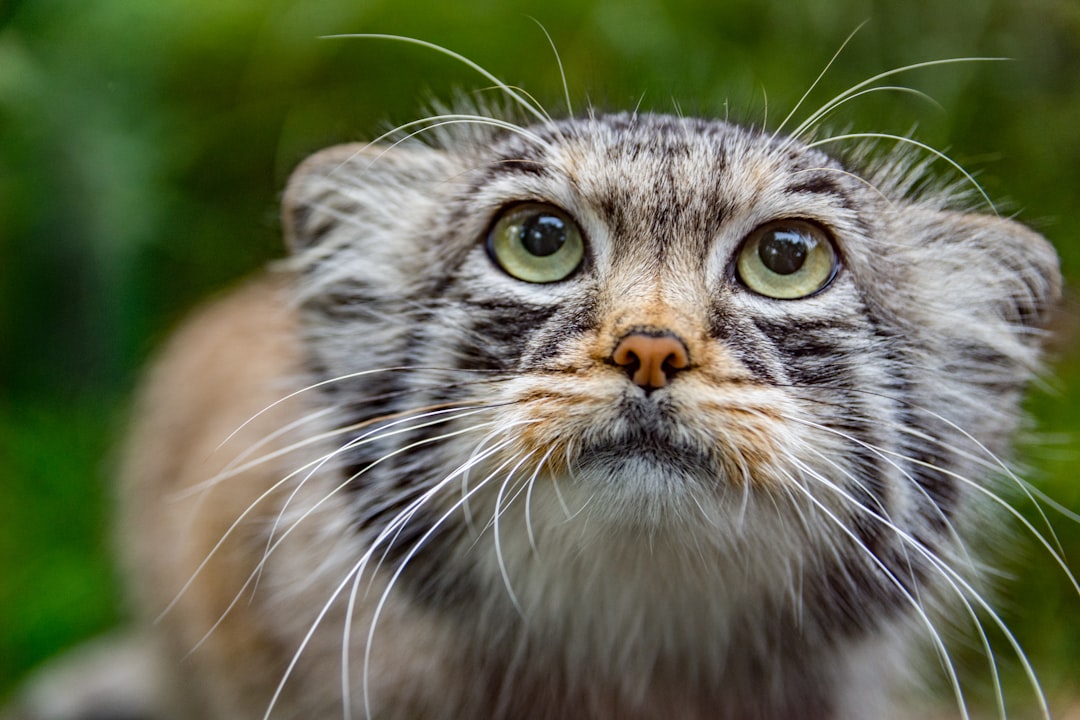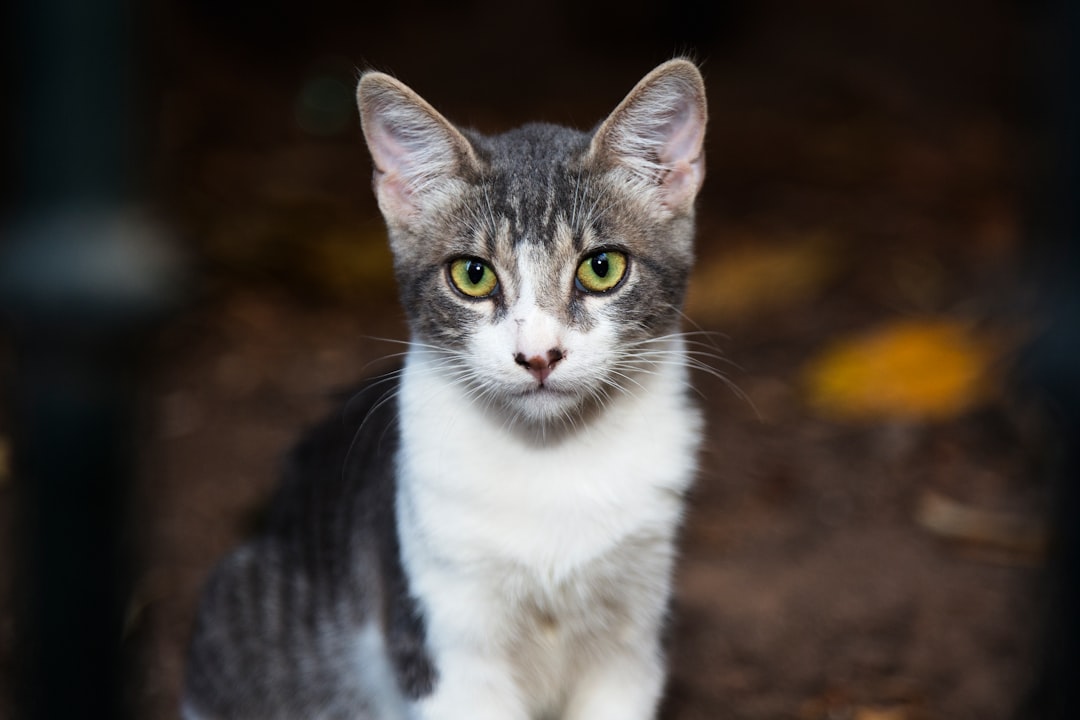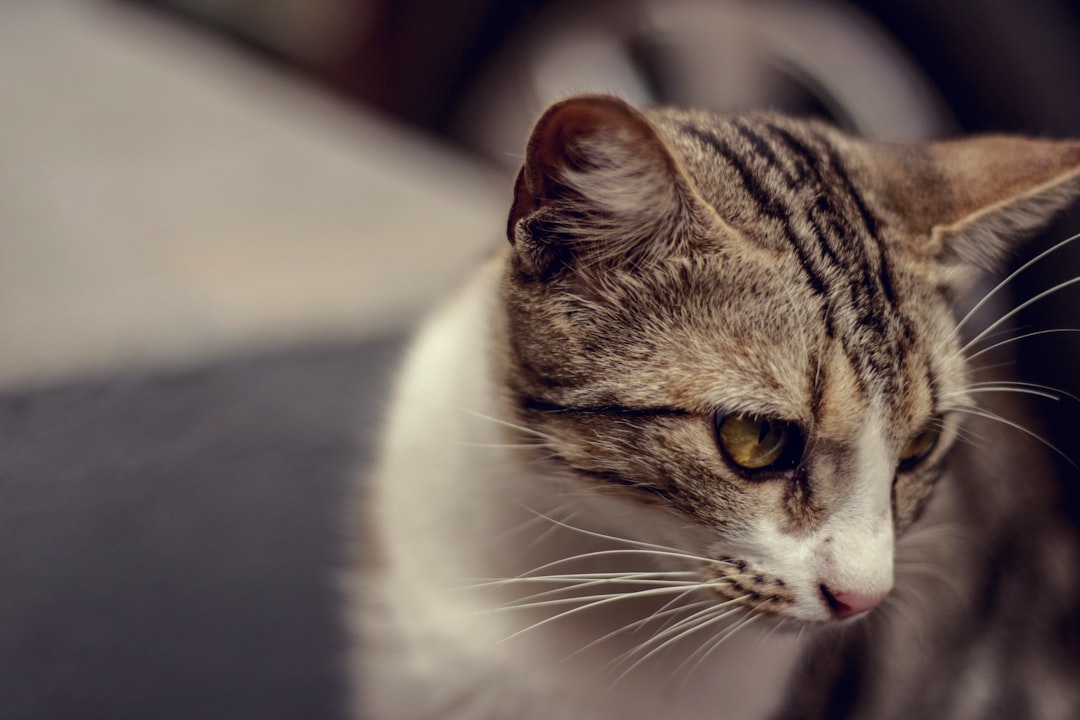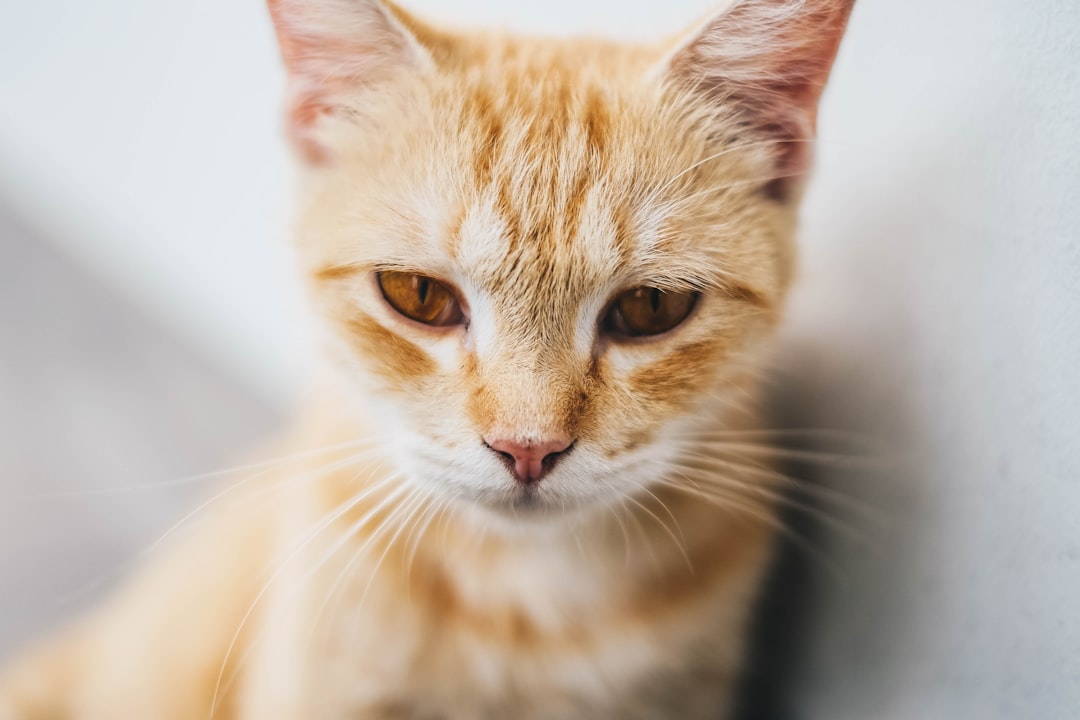As a pet owner, it’s crucial to understand the potential risks associated with bird flu in cat food. This viral infection, which primarily impacts birds, can also pose significant threats to your feline friends when exposed to contaminated food sources. With an uptick in reported cases, it’s vital to stay informed about how this disease spreads and how it can affect your cat. By recognizing the signs and understanding the risks, you can take proactive steps to protect your beloved pets while ensuring their diets remain safe and healthy.
Understanding Bird Flu: A Brief Overview
Bird flu, also known as avian influenza, primarily affects birds but can pose risks to other animals, including cats. Here’s what pet owners need to know:
Causes: Bird flu is caused by influenza viruses that spread among birds, particularly domestic poultry and wild birds.
Transmission: The virus spreads through:
- Direct contact with infected birds
- Contaminated surfaces and equipment
- Consumption of infected bird tissues — a key concern when considering bird flu in cat food.
Types: There are several strains of bird flu; some are highly pathogenic (HP) and pose a greater risk to health.
Symptoms in Birds: Infected birds may show:
- Respiratory distress
- Decreased egg production
- Sudden death in severe cases
Understanding bird flu is crucial for cat owners. Ensuring the safety of cat food containing poultry is essential to protect your feline friends from potential exposure to bird flu in cat food. Stay informed about the sources of your cat’s diet to mitigate risks effectively.

How Bird Flu Affects Cats and Other Pets
Bird flu, primarily caused by the H5N1 virus, poses a significant threat not only to avian species but also to cats and other pets. Understanding how this disease impacts your furry friends is crucial for their health. Here’s a quick overview:
Transmission: Cats can contract bird flu through:
- Ingesting infected birds or contaminated bird droppings.
- Close contact with infected animals.
Symptoms in Cats: Be vigilant for signs such as:
- Fever
- Coughing or respiratory distress
- Lethargy
- Loss of appetite
Comparative Risks for Pets:
- Cats: More susceptible due to their hunting instincts; high risk if they consume raw food containing birds.
- Dogs: Lower risk; canine cases are less common but possible through similar transmission methods.
By monitoring the bird flu in cat food, pet owners can take proactive steps to safeguard their cats’ well-being. Remember, maintaining a safe diet is key in preventing this dangerous virus from affecting your beloved companions.
The Risks of Birds in Your Cat’s Diet
When considering your cat’s diet, it’s crucial to evaluate the potential risks associated with the inclusion of birds. The presence of bird flu in cat food can pose serious health threats. Here are some key risks to keep in mind:
- Transmission of Viruses: Cats can contract the bird flu virus by eating infected birds or consuming contaminated food.
- Secondary Infections: A weakened immune system due to bird flu may lead to other infections, aggravating the health of your pet.
- Health Complications: Symptoms of bird flu can range from mild to severe and may include respiratory issues and gastrointestinal distress.
Comparison of Risks
| Risk Factor | Description | Impact Level |
|---|---|---|
| Infected Birds | Higher risk if sourcing birds from unverified suppliers | High |
| Contaminated Cat Food | Risks of bird flu from processed food containing bird products | Moderate |
| Raw Food Diet | Increased chances if raw birds are not sourced safely | High |
Ensuring the safety of bird flu in cat food is vital. Thus, always choose reputable brands and stay informed about the sourcing of ingredients in your cat’s diet.
Identifying Contaminated Cat Food
Detecting contaminated cat food is crucial in safeguarding your feline friend’s health. With the threat of bird flu in cat food, pet owners should be vigilant. Here’s what to look for:
Check Labels: Always read the ingredients. Look for any mentions of poultry from sources at high risk for bird flu.
Observe Recalls: Stay updated on product recalls. Manufacturers often issue alerts for cat food linked to bird flu outbreaks.
Look for Signs: Symptoms of contamination may include an unusual odor or off-color appearance in the food.
Table: Signs of Potentially Contaminated Cat Food
| Indicator | What to Do |
|---|---|
| Strange odor | Discard immediately; do not serve to your cat. |
| Discoloration | Inspect further; consider returning or contacting the manufacturer. |
| Inconsistent texture | Avoid using; this may indicate spoilage or contamination. |
Being proactive by monitoring your cat’s diet can significantly reduce the risk of exposure to bird flu in cat food. If you suspect contamination, consult a veterinarian promptly.

Symptoms of Bird Flu in Cats
Recognizing the symptoms of bird flu in cats is crucial for early detection and treatment. While cats can exhibit various reactions depending on their health and exposure, common signs include:
- Fever: A noticeable increase in body temperature (normal is around 101-102.5°F).
- Respiratory Issues: Coughing, sneezing, or difficulty breathing may indicate infection.
- Lethargy: A sudden decrease in energy and a tendency to sleep more.
- Loss of Appetite: Cats may refuse to eat or drink, which can lead to dehydration.
- Vomiting: Cat owners should monitor for any episodes of vomiting.
To ensure your cat remains healthy, pay attention to these symptoms, especially if you have fed them bird flu in cat food. If any of these signs occur, it is essential to consult a veterinarian immediately for advice and potential testing.
Quick Comparison of Symptoms
| Symptom | Common in Bird Flu | Other Illnesses |
|---|---|---|
| Fever | ✔ | ✔ |
| Respiratory Issues | ✔ | ✔ |
| Lethargy | ✔ | ✔ |
| Loss of Appetite | ✔ | ✔ |
| Vomiting | ✔ | ✔ |
Be vigilant about your cat’s health and the sources of their food. Taking preventive measures helps protect your furry friend from the risks associated with bird flu in cat food.
Preventative Measures for Pet Owners
Ensuring your cat’s safety is a top priority, especially concerning bird flu in cat food. Here are some effective preventative measures you can take:
- Choose Trusted Brands: Select cat food from reputable manufacturers known for high safety standards.
- Check Ingredients: Look for real meat sources in cat food labels and avoid products made primarily from poultry.
- Monitor Sources: Be aware of the origin of your pet food; try to purchase products from regions with lower bird flu incidents.
- Store Cat Food Properly: Keep your cat’s food in a cool, dry place and seal it tightly to avoid contamination.
- Limit Bird Exposure: Keep your cat indoors or monitor their outdoor time to minimize contact with wild birds, which could carry the virus.
By following these steps, you can significantly reduce the risks associated with bird flu in cat food and keep your feline friend healthy and safe. Remember, active prevention is the best way to safeguard your pet’s well-being.
Alternative Diets for Your Cat
When it comes to ensuring your cat’s health and safety, particularly regarding bird flu in cat food, exploring alternative diets becomes essential. By diversifying your cat’s diet, you can minimize exposure to potential risks associated with contaminated food. Here are some viable options:
Commercial Pet Foods: Look for brands that explicitly state their formulations are bird-free. These options ensure your cat receives balanced nutrition while reducing bird flu in cat food concerns.
Homemade Meals: Cooking at home allows you to control the ingredients. Consider lean meats like beef or fish, along with vegetables suitable for cats.
Raw Diets: Although some pet owners opt for raw diets, be cautious; focus on sourcing meats from reputable suppliers who maintain high hygiene standards.
Vegetarian/Vegan Options: Some cats can thrive on plant-based diets, depending on the individual cat’s needs. Always consult with a veterinarian before making drastic diet changes.
Consider creating a comparison table of these options to assess their benefits and drawbacks, ensuring your cat receives the best nutrition without the risks of bird flu in cat food.

Resources for Further Information and Support
As a responsible pet owner concerned about bird flu in cat food, it’s crucial to stay informed about the most recent developments and best practices for ensuring your cat’s safety. Here are some valuable resources to help you navigate this issue:
Veterinary Websites: Websites like the American Veterinary Medical Association (AVMA) and the Centers for Disease Control and Prevention (CDC) provide insights on avian influenza and its impact on pets.
Pet Health Blogs: Reputable pet health blogs often feature articles written by veterinarians about nutritional safety and dealing with bird flu risks in cat food.
Local Animal Control: Your local animal control agency can offer specific guidance regarding bird flu outbreaks in your area and recommend safe feeding practices.
Pet Food Reviews: Websites that review pet foods can help you monitor brands that have had issues related to bird flu in cat food contamination.
Consult Your Veterinarian: Regular discussions with your veterinarian can equip you with personalized advice and support tailored to your cat’s specific dietary needs.
By utilizing these resources, you can make well-informed decisions to protect your feline friend from potential risks associated with bird flu in cat food.
Frequently Asked Questions
How can bird flu affect my cat’s food?
Bird flu can have a significant impact on the ingredients used in cat food, particularly in formulas that contain poultry or eggs. If birds infected with H5N1 or other avian influenza viruses are present in the supply chain, these products may be contaminated. Pet owners should be vigilant when choosing cat food, ensuring that it is sourced from reliable manufacturers who adhere to safety protocols to avoid the risk of transmission of the virus through contaminated food sources.
What symptoms should I look for in my cat if I suspect exposure to bird flu?
If you suspect your cat may have been exposed to bird flu, watch for symptoms such as lethargy, loss of appetite, difficulty breathing, coughing, and nasal discharge. Some cats may also show digestive issues, including vomiting or diarrhea. Although bird flu is rare in cats, if you observe any of these symptoms, it is crucial to consult your veterinarian for a thorough examination and potential testing to rule out any serious health concerns.
Is it safe to feed my cat poultry products during an outbreak of bird flu?
During an outbreak of bird flu, it is wise to be cautious with feeding your cat poultry products. Even though commercially produced pet foods are typically safe, it’s essential to ensure they are from reputable brands that follow safety guidelines regarding their ingredients. Opting for cooked poultry from trusted sources can be safe; however, always verify that there are no reported issues with the product. Consulting your veterinarian for specific advice tailored to your cat might also be beneficial.
What precautions should I take to prevent bird flu transmission to my cat?
To minimize the risk of bird flu transmission to your cat, avoid allowing them to interact with wild birds or visit areas where birds congregate. Be especially cautious during outbreaks and keep your cat indoors as much as possible. Additionally, wash your hands after handling any birds, and ensure your cat’s food is sourced from reliable manufacturers. Regular veterinary check-ups can further ensure your pet remains healthy and provides a platform to discuss any concerns related to bird flu.



